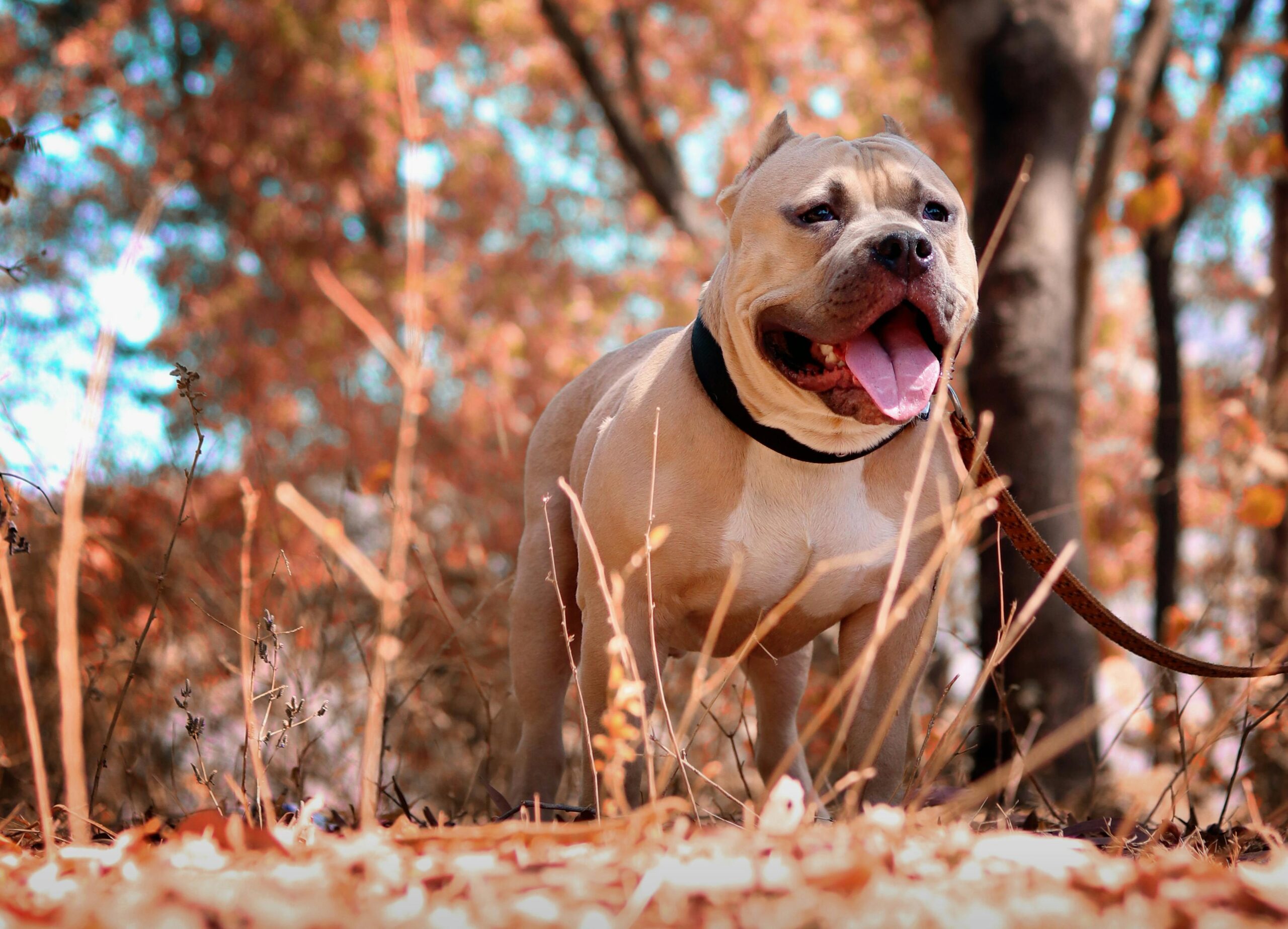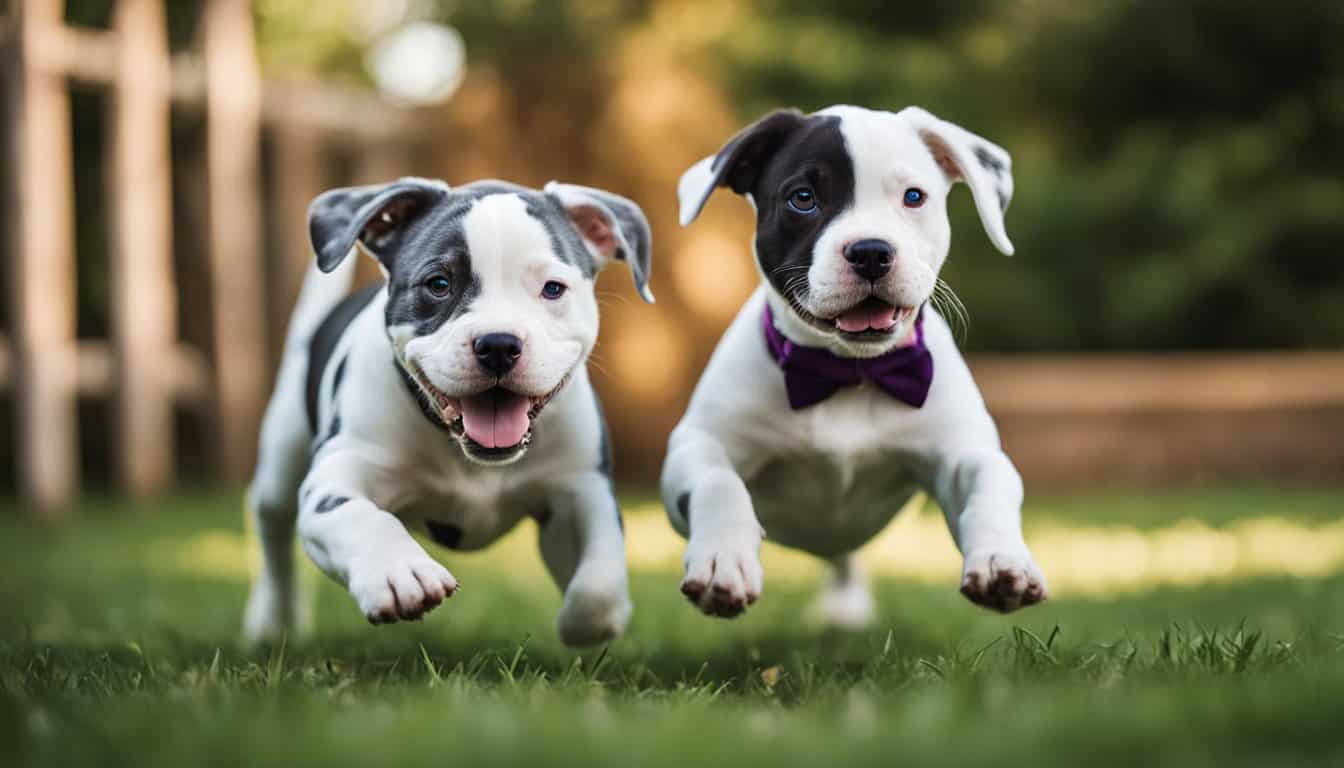It’s a real shame how Pitbull have a bad reputation for being dangerous and aggressive, but with the right Pitbull puppy obedience training, they prove to be some of the most loyal and playful companions.

Of course when they are trained to fight and be aggressive, they can be extremely dangerous. But if they are trained like other dogs they are amazing terriers. Pit bulls are intelligent and eager to learn but they require guidance.
Pitbull puppy obedience training helps foster strong bonds, enhances safety and improves overall behavior. In this post, we’ll explore why early training matters and provide step-by-step tips to help you raise a well-trained Pitbull puppy.
Pitbull Puppy Training 101

Pitbull puppy obedience training requires patience, consistency, and positive reinforcement, focusing on early socialization, basic obedience, and addressing potential behavioral issues proactively.
Why Early Pitbull Puppy Obedience Training Matters
Training your Pitbull pup from an early age is vital in various ways:
Develop good behavior: Early training of Pitbull puppies helps them learn good behavior and avoid behavioral problems such as biting, excessive barking or chewing. These habits can be challenging to break once they are formed.
Strengthen Bonds: Obedience training provides opportunity for communication and interactions between you and your pup building stronger and lasting bonds. By setting and enforcing clear rules consistently, you establish yourself as a leader which helps your puppy feel secure.
Dispel Stereotype: Raising a well-behaved Pitbull helps dispel misconceptions about the breed. A well raised Pitbull is a testament of the intelligence and loyalty of the breed.
Key Principles Of Pitbull Puppy Obedience Training
Before diving into command training, it is important to look at the key principles for effective Pitbull puppy obedience training.
Consistency: Consistency is key in Pitbull Puppy obedience training. It helps them learn faster and reduce frustration. Always use the same command and rules to avoid confusing your Pup.
Positive Reinforcement: One key principle for character building in Puppies is rewarding their good behaviors. It encourages your pup to repeat desired behavior without fearing punishment. Reward good behaviors with treats, playtime, or praise.
Timing: Start training as early as possible, probably during their formative weeks (3 to 16 weeks). Puppies learn faster during their formative weeks, so don’t delay.
Step By Step Obedience Training Tips

Basic Command(3-8 Weeks)
Sit: First hold a treat in front of your puppy and slowly move it back towards their tails. As they follows the treat with their nose, its bottom will lower into a sitting position. The moment they sit, use the command “sit” and give your pup the treat.
Repeat this process until your pup learns to sit on command without needing a treat.
Lay Down: Have your Pup in a sitting position. Hold a treat at the cheat of your pup, slowly move it downward towards the ground. As they follows with their nose, your pup will naturally lie down. The very moment they lie down, use the command word “Lay down” and reward it.
Gradually increase the time they spend in the Lay down position before rewarding with treats.
Name Recognition: Call your Puppies name consistently before giving a command. This helps them associate their name with attention and reinforces familiarity.
Intermediate Commands(8-12 Weeks)
Stay: Get your Pup into a sitting or laying down position. Take a few steps back while saying ‘’stay’’. If they get up, repeat the process until they stays. If your pup stayed, return to your pup and reward with a treat.
Gradually increase the distance and time you are away from your Pitbull puppy while they are in the stay position
Come When Called: This training tip is crucial for safety. Start in a quiet but minimal distraction area. Call your puppy’s name followed by a command. When they come to you, reward them with a treat or praise.
Gradually introduce noise and distractions, practice in different locations to ensure reliable response.
Advanced Command (12+ Weeks)
Watch Me: Introduce commands like “watch me” to improve focus and responsiveness in distracting environments. Hold a treat near your face and say “watch me.” When your puppy focuses on you, give them the treat.
Practice this command in various settings to ensure your puppy remains attentive.
Heel: Practice walking with your puppy on a leash without pulling. Reward them for staying by your side. This command helps during walks and prevents pulling on the leash.
Common Pitbull Puppy Training Challenges
Address behavioral issues such as separation anxiety, excessive barking or chewing, offering actionable solutions like crate training or enrichment activities.
Separation Anxiety
Separation Anxiety can be seen in puppies in numerous ways such as excessive barking, whining, destructive behavior when left alone.
To address this behavioral issue: gradually increase alone time, use crate training to provide a safe space, and leave a familiar object like a t-shirt with your scent.
Excessive Barking
Excessive barking as a behavioral issue is caused by boredom, anxiety, alerting you to something.
You can solve this behavioral issue by providing mental stimulation with puzzle toys, exercise your Pitbull puppy regularly, and teach them a “quiet” command by saying “quiet” and rewarding silence.
Chewing
Teething, boredom, and curiosity can cause behavioral issues such as chewing.
Provide them with chew toys, rotate them regularly to keep things interesting, and supervise to prevent unwanted chewing can help address this behavioral issue
Tips For Success
Keep Sessions Short: Training sessions should be short (5-10 minutes) to match your puppy’s attention span. This prevents frustration and keeps them engaged.
Involve the Family: Ensure all family members are involved in training to establish consistency and reinforce your puppy’s role within the family.
Reduce Treat Dependency: As your puppy masters commands, gradually reduce the use of treats. This helps build confidence and ensures they respond to commands without relying on rewards.
In Summary
Pitbull puppy obedience training is a rewarding journey that not only strengthens your bond but also helps your puppy become a well-behaved member of your family. By following these tips and staying consistent, you’ll be well on your way to raising a confident, loving companion.
Remember, every well-trained Pitbull helps dispel negative stereotypes and shows the world the true nature of this wonderful breed. So, start your training journey today and watch your Pitbull pup grow into a loyal friend that brings joy to everyone they meet.
Stay tuned for more tips and stories from Chloe the Pitbull!
